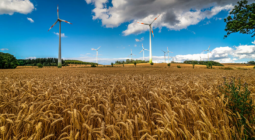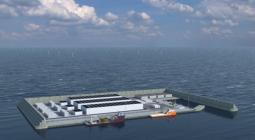The 19th-century engineer who was ahead of his time on wind power

James Blyth invented a windmill in 1887 that generated electricity to light his Scottish holiday cottage
It was 135 years ago that a Scottish engineer, James Blyth, invented the first wind-powered electrical generator. In July 1887 he built a windmill attached to a dynamo to light his holiday cottage in the village of Marykirk in Scotland, and even stored the power in a battery invented by the French engineer Camille Alphonse Faure.
“When a good breeze was blowing, I stored as much in half a day as gave me light for four evenings,” Blyth wrote. He proposed installing electric lighting in the main street of the village, but local people thought the electric light to be “the work of the devil”.
Blyth dreamed of a future in which every house would be lit by a wind turbine, and argued that wind power was good for the environment and cheaper than fossil fuels.
Blyth was ahead of his time, but remains largely overlooked, even though he beat the American engineer Charles Brush and the Danish inventor Poul la Cour, who have been credited with inventing the wind turbine. But none of the pioneering wind turbines could compete with cheap and abundant coal, and then oil. Only now is wind power making its mark.
cover photo: James Blyth’s windmill. The Scottish engineer dreamed of a future in which every house would be lit by a wind power. Photograph: Alamy





